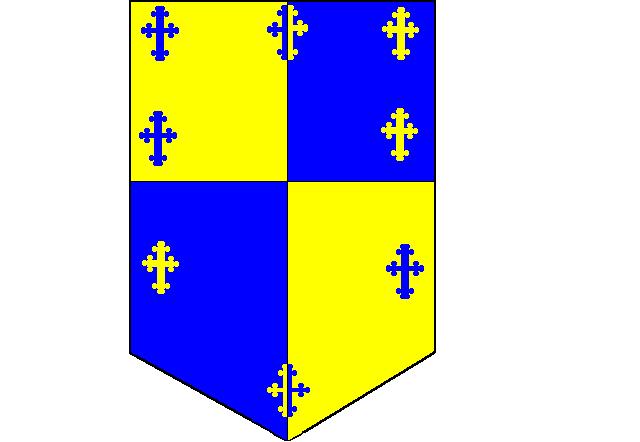Kitchen Corner

The White Company is made up of members from many countries, so there is lots of different food to share!
As we reenact the period from 1390 to 1410 in Italy, and come from all over Europe, we have a wide variety of dishes to draw upon, but post-1492 food is not part of it.
I find it helpful to know which items are not period, so that I can use recent recipies and remove non-period items:
maize/corn
potato
tomato
peppers
I recently had the opportunity to review Cindy Renfrow's wonderfull new edition of Take A Thousand Eggs or More -very useful set to have!
I am continuing to research the above list, as well as the Catalan contribution to our Kitchen. My current favorite is
"Espinacas a la Catalana," or Spinach, Catalan Style
3 tsps raisins
4 lib fresh spinach
1/2 cup olive oil, plus more for frying
1 clove of garlic, finely chopped
3 tbsp pine nuts
salt and black pepper
2 slices white bread, crusts removed, cut into triangles
1. Soak raisins in hot water while preparing the spinach. Wash and cook the spinach for 3 minutes, drain in cold water, and drain again.
2. Chop spinach roughly. Put oil in a heat proof pot and warm over very low heat. Add the garlic, pine nuts, drained raisins, adn spinach. Season well and cook for 20 minutes, stirring occassionally. Let stand for 15 minutes. (As you can see, this recipe is not for the impatient -I hurried!) 3. Warm oil in skillet over medium heat, fry bread until golden on both sides. Serve spinach garnished with the bread triangles. (Page 80.)
The recipe comes from "The Classic Mediterranean Cookbook," by Sarah Woodward. There are many non-period dishes in the book, although she often notes items that are from the New World, like peppers, potatoes, and tomotoes. I believe that this recipe is completely period, but more research is neccessary. I was surprised to find distinct differences noted between Catalan and Provencial cooking, as I had assumed they would be the same, since they are sister languages, and Catalan culture was closely associated with Provence. It would seem that Catalan cooking was heavily influenced by Arab cooking as well as by Provence -no surprise, but interesting considering the amount of fighting and 'official' disdain for the Mudejars.
Another pleasant surprise I found in Catalan cooking; The Italians aren't the only ones who love to eat pasta. More about that soon...
I have found many more Catalan recipies, some of which are traced back as far as the Thirteenth Century by the author, in Mirimar Torres' "The Catalan Country Kitchen."